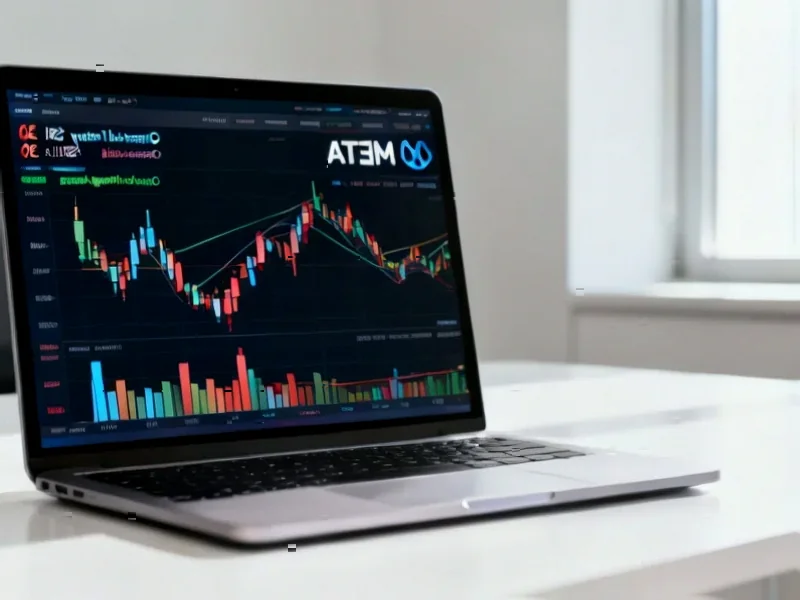According to Forbes, Chimera Investment Corporation has been named as a Top 10 Real Estate Investment Trust by Dividend Channel in their latest “DividendRank” report. The analysis highlighted CIM trading at $12.76 per share with a price-to-book ratio of just 0.4 and an impressive 11.60% annual dividend yield, compared to the average stock yield of 3.7% in their coverage universe. The report emphasized Chimera’s strong quarterly dividend history and favorable long-term growth rates in fundamental data points, with the current annualized dividend at $1.48 per share paid quarterly. While these metrics appear attractive, they warrant deeper examination of the underlying risks.
Understanding Mortgage REIT Mechanics
Unlike traditional equity REITs that own physical properties, mortgage REITs like Chimera operate in a fundamentally different space. They primarily invest in mortgage-backed securities and real estate loans using significant leverage to amplify returns. This business model creates inherent volatility because their profitability depends heavily on interest rate spreads – the difference between what they earn on their mortgage assets and what they pay to borrow money. When the Federal Reserve raises rates or the yield curve flattens, mortgage REITs often face margin compression that can threaten their ability to maintain dividend payments. The requirement that REITs distribute 90% of taxable income, while attractive for yield-seeking investors, means these companies retain minimal capital to weather economic downturns.
The Dividend Sustainability Question
An 11.6% yield immediately raises questions about sustainability. In the mortgage REIT sector, yields this high often signal market skepticism about the company’s ability to maintain current payout levels. Historical data from Dividend Channel’s history tool would likely show that Chimera and similar high-yield mortgage REITs have experienced dividend cuts during previous market stress periods. The current economic environment of potential Fed policy shifts, inflation concerns, and housing market uncertainty creates particular challenges for mortgage REIT business models. Investors should examine whether the current dividend is supported by sustainable earnings power or if it’s being paid from return of capital, which would indicate the dividend exceeds actual profits.
What the Price-to-Book Discount Really Means
Trading at 40% of book value might seem like an incredible bargain, but in the mortgage REIT world, this discount often reflects legitimate concerns about the quality of that book value. Mortgage REITs frequently hold complex securities that are difficult to value accurately, and market prices can diverge significantly from accounting values. The substantial discount suggests investors doubt whether the reported book value accurately reflects the true economic value of Chimera’s assets. This skepticism could stem from concerns about credit quality in their mortgage portfolio, interest rate risk exposure, or leverage levels that could amplify losses in a downturn. When a company trades this far below book value for an extended period, it typically indicates structural issues within the business model rather than a simple market mispricing.
Historical Performance Patterns
Mortgage REITs as a sector have demonstrated extreme volatility throughout various market cycles. During the 2008 financial crisis, many mortgage REITs saw their values collapse and were forced to eliminate dividends entirely. More recently, the COVID-19 pandemic created another stress test that caused significant dividend reductions across the sector. The Dividend Channel ranking methodology focuses on quantitative metrics, but qualitative factors like management expertise, risk management practices, and portfolio composition are equally important for mortgage REIT investors. Companies that survive multiple economic cycles with their dividends intact are typically those with conservative leverage and diversified asset portfolios.
Strategic Considerations for Yield Investors
For investors considering Chimera or similar high-yield mortgage REITs, position sizing becomes critically important. The potential for both high income and capital appreciation exists, but so does the risk of dividend cuts and share price declines. A prudent approach might involve treating these investments as speculative positions within a broader diversified income portfolio rather than core holdings. Monitoring key metrics like leverage ratios, interest rate sensitivity, and portfolio credit quality should be ongoing priorities rather than one-time due diligence items. While the current 11.6% yield is undoubtedly attractive, successful investing in this sector requires understanding that high yields often compensate for high risks rather than representing free money.




